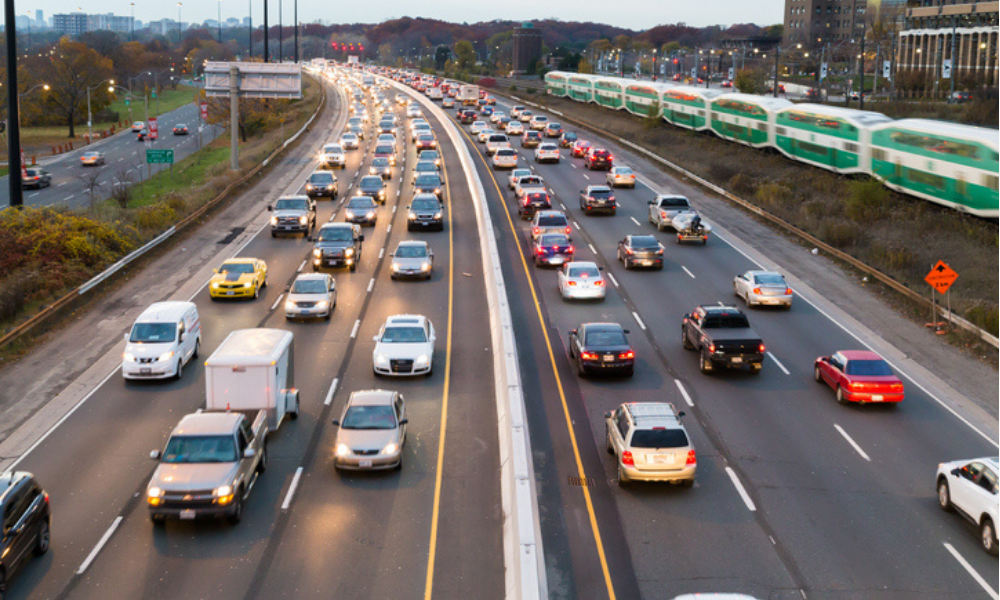'If you have to drive an hour and a half to get to work, you're exhausted and stressed, probably a little bit angry by the time you get to work'

One of the biggest reasons there may be employee pushback to the return-to-the-workplace movement is commuting worries. And for some employers, they may risk losing workers.
Many workers don’t want this added burden after living without it for the past two or more years, says Dorinda So, executive director of pointA in Toronto.
“This is going to really matter because it means employee turnover, it means that employees are now accounting for commuting as part of their own out-of-pocket expenses and that is going to factor into the total compensation conversation when you’re trying to keep talent or attract new talent.”
Commuting costs are one of the major concerns for workers going back to the office, according to an earlier survey.
Beyond reducing emissions, which is obviously better for the environment, the costs around actually getting to a workplace should be measured, she says.
“This is an economic issue, whether you’re looking at congestion as a contributor to lower productivity or the health and wellness problems that can come with sitting in traffic — ultimately, employers pay for them.”
PointA recently launched a commuting-related emissions reporting service meant to help boost a company’s environmental, social and governmental (ESG) efforts, and to lowered costs and better attraction and retention efforts.
“Sometimes [organizations] don’t think about the commuting part because they think it’s [about] everything that happens once they get to work, but actually that is a major issue. Even if they’re not looking at it from the perspective of the environment, it’s really important to understand that from what the economics are saying,” says So.
The commute reporting service promises to deliver on three areas: measuring the greenhouse gas (GHG) emissions produced by employee commutes, preparing a report on these numbers and then providing employers with ways to reduce these impacts.
Some of the expenses that come out of long commutes affect health-care spending as well, she says.
“If you have to drive an hour-and-a-half to get to work by yourself, you’re exhausted and stressed, probably a little bit angry by the time you get to work; it’s not great. It doesn’t matter what kind of job you have and, ultimately, that impacts not only productivity but whether or not someone continues to stay there.”
Working from home means big savings for employees, according to a Statistics Canada report.
Improved ESG
Many businesses are actively looking to upgrade their ESG efforts, according to So.
“There’s a lot of conversation now around ESG goals and, increasingly, the reporting that comes from that, so... there is a push for workplaces and, in particular, public corporations to be reporting this information.”
Having a strong ESG program will also position the company well in the market, according to So, and be beneficial for its bottom line.
“Traditionally, companies that are lot more sustainable, they have ESG goals or working towards those are often ones that do well. And having ESG goals is a way of teaching organizations to focus on the things that really, over time, make a difference.”
But it’s important to avoid the trap of having these efforts only amount to “greenwashing, she says.
“People can tell really quickly if you’re just making it up or, for example: ‘We saved a ton of money, that everyone worked remotely during the pandemic.’ Of course, you didn’t have to pay electricity costs but people are super smart about figuring out what that looks like so I would say definitely avoiding greenwashing; [it’s about] actually showing progress or... actually having metrics.”




